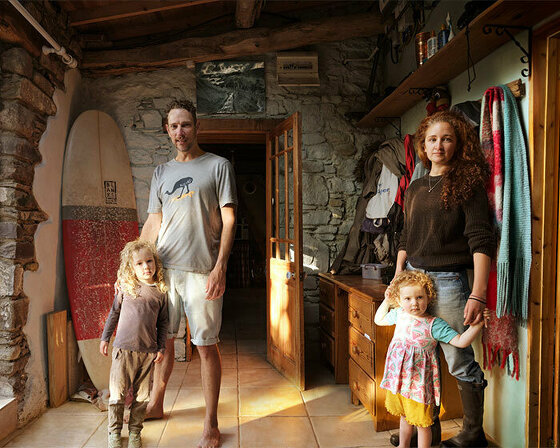KEEP UP WITH OUR DAILY AND WEEKLY NEWSLETTERS
PRODUCT LIBRARY
we're getting ready for the pre-opening launching today until friday, with public access scheduled for the 20th.
connections: 5
designboom speaks with french artist JR about la nascita, his new monumental rock installation just outside milan central station.
the 'poet of iron', as dubbed by his colleagues, passed away at his home in orient, new york, after a battle with pneumonia.
connections: +110
renowned photographer annie leibovitz, IKEA's first-ever artist in residence, unveils 25 powerful portraits of family life from stockholm to tokyo.
connections: +480
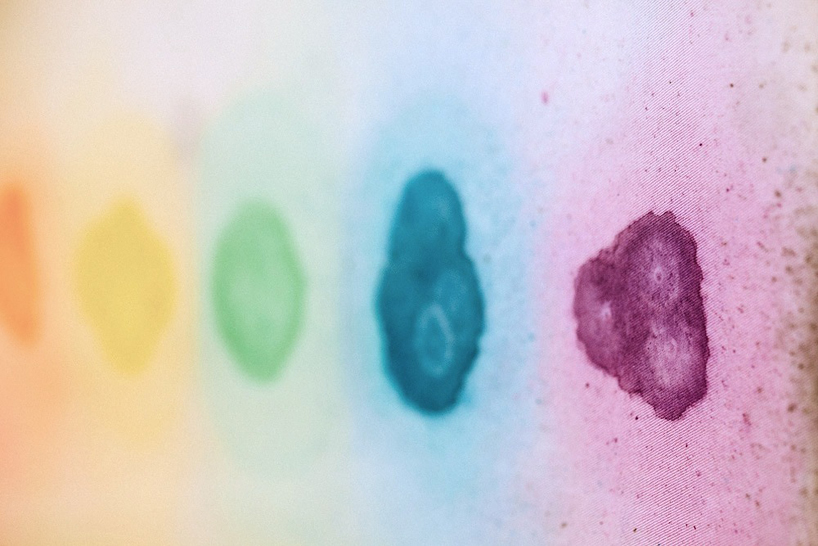
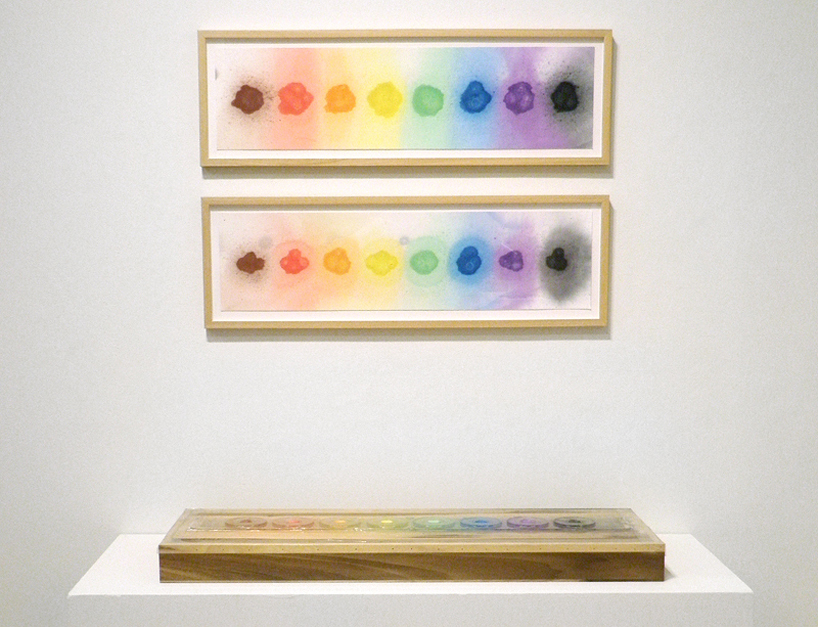 ‘erosion/accumulation’ watercolor cakes dissolved by the rain and accumulated on linen
‘erosion/accumulation’ watercolor cakes dissolved by the rain and accumulated on linen
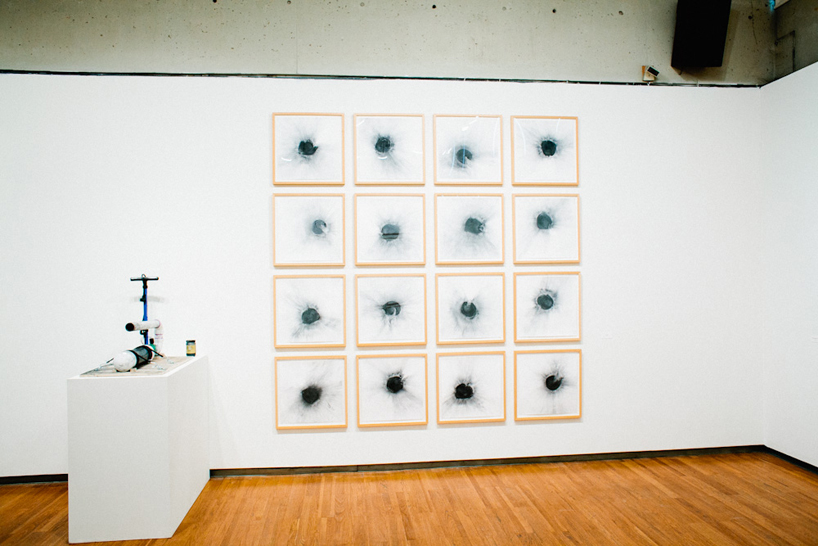 ‘impact(s)’ – 16 graphite prints made by a spudguna nylon pouch filled with 100g of graphite powder is launched from a pneumatic cannon 16 times. each round’s impact leaves a unique impression on a clean sheet of paper. the pouch is shot from the cannon by the release of 25lbs of pressure pumped into a pressure chamber. because of the smooth barrel and instability of the pouch’s shape, control over the projectile’s tumble is impossible.
‘impact(s)’ – 16 graphite prints made by a spudguna nylon pouch filled with 100g of graphite powder is launched from a pneumatic cannon 16 times. each round’s impact leaves a unique impression on a clean sheet of paper. the pouch is shot from the cannon by the release of 25lbs of pressure pumped into a pressure chamber. because of the smooth barrel and instability of the pouch’s shape, control over the projectile’s tumble is impossible.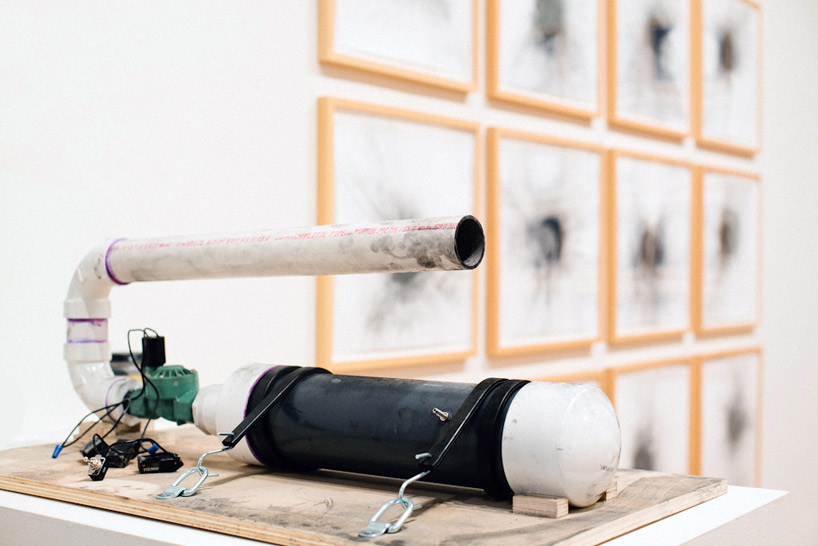 ‘impact(s)’ detail of spudgun
‘impact(s)’ detail of spudgun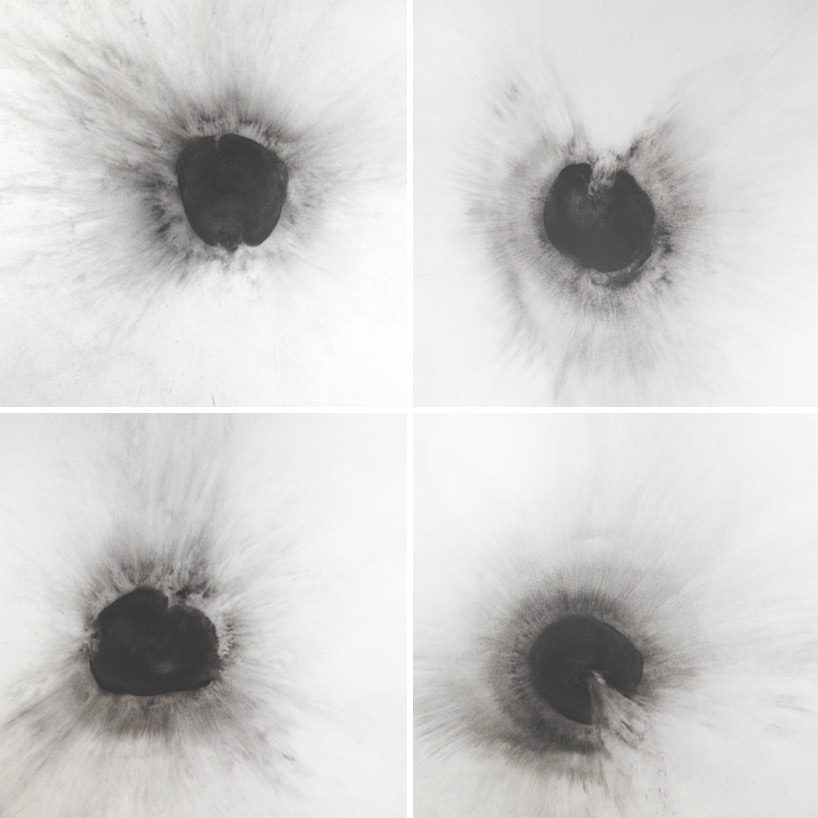 ‘impact(s)’ (4 of 16) graphite prints
‘impact(s)’ (4 of 16) graphite prints ‘impact(s)’ print detail
‘impact(s)’ print detail ‘gusts (and lack there of)’ 16 prismacolor marker drawings made by wind-generated drawing machine
‘gusts (and lack there of)’ 16 prismacolor marker drawings made by wind-generated drawing machine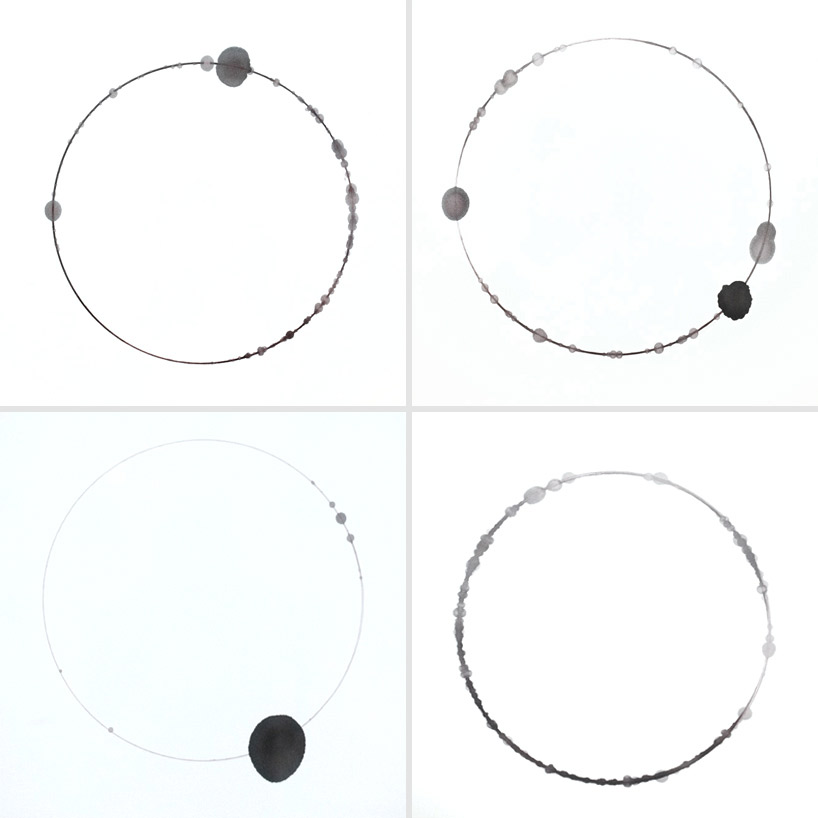 ‘gusts (and lack there of)’ (4 of 16) wind drawings
‘gusts (and lack there of)’ (4 of 16) wind drawings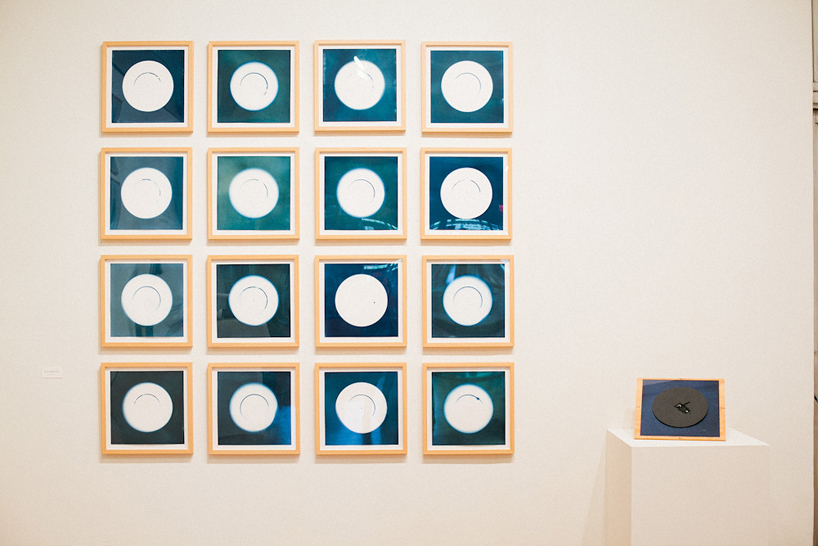 ‘mostly sunny/partly sunny’ 16 cyanotypes exposed by a clock-driven sunshine recorder
‘mostly sunny/partly sunny’ 16 cyanotypes exposed by a clock-driven sunshine recorder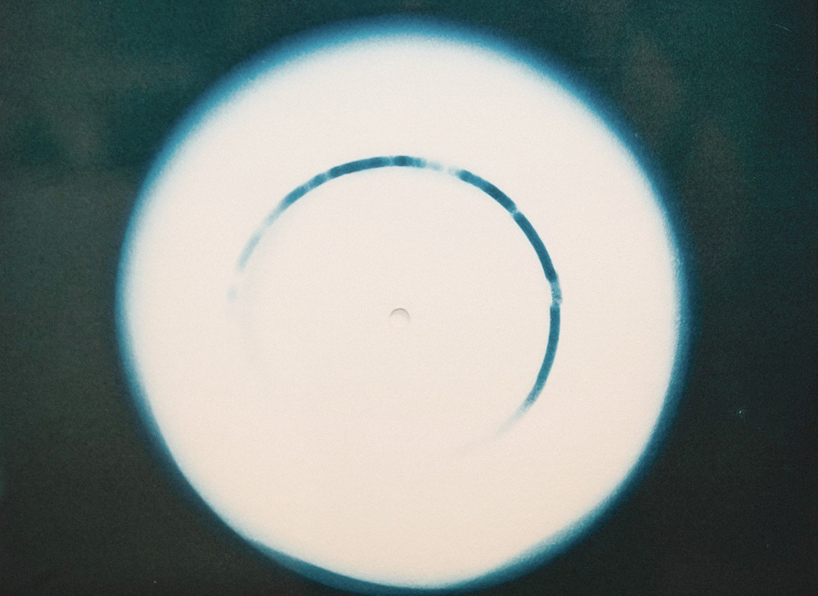 ‘mostly sunny/partly sunny’ detail (1 of 16) showing breaks in line which are evidence of cloud coverage
‘mostly sunny/partly sunny’ detail (1 of 16) showing breaks in line which are evidence of cloud coverage ‘state proofs of sun exposure’
‘state proofs of sun exposure’


